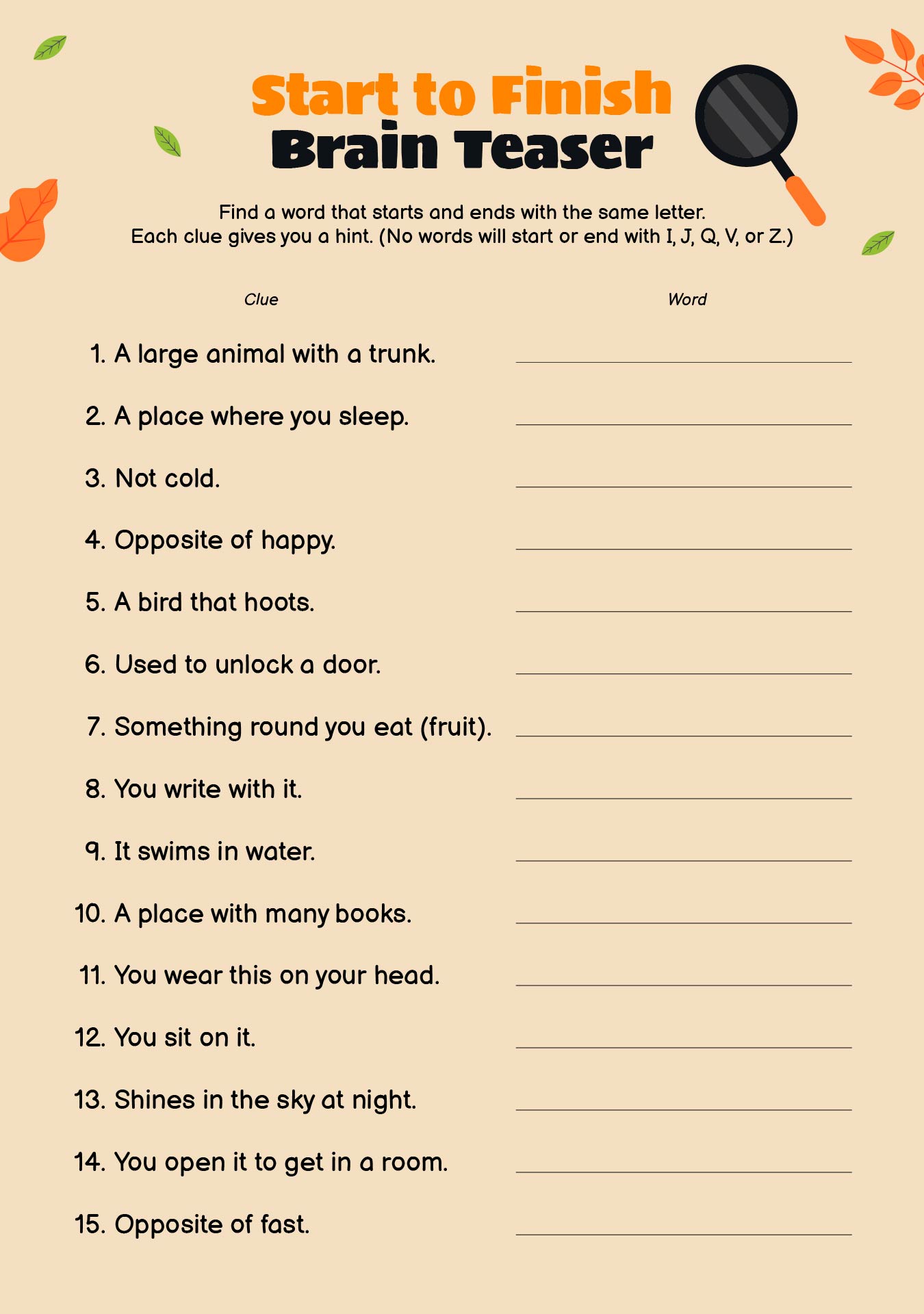With great pleasure, we will explore the intriguing topic related to Unlock Your Creativity: Free Printable Activities for Seniors – Learn to Draw!. Let’s weave interesting information and offer fresh perspectives to the readers.
Introduction
Unlock Your Creativity: Free Printable Activities for Seniors – Learn to Draw!

Hello there, fellow art enthusiasts! Are you ready to unleash your inner artist and explore the wonderful world of drawing? It’s never too late to pick up a pencil and discover the joy of creating.
I’m your friendly neighborhood art teacher, here to guide you on this exciting journey. We’ll embark on a series of simple, fun, and engaging drawing exercises that will help you build confidence and develop your artistic skills.
Why Draw? The Benefits of Art for Seniors:
Drawing is more than just a hobby; it’s a powerful tool for personal growth and well-being. Here are just a few of the amazing benefits you can enjoy:
- Boost Brain Power: Drawing stimulates your brain, enhancing memory, focus, and cognitive function. It’s like a workout for your mind!
- Reduce Stress and Anxiety: The act of drawing can be incredibly calming and therapeutic. It allows you to express yourself freely and release pent-up emotions.
- Improve Hand-Eye Coordination: Drawing requires precise movements, which strengthens your hand-eye coordination and fine motor skills.
- Encourage Creativity: Drawing is a wonderful way to explore your imagination and express your unique perspective on the world.
- Social Connection: Drawing can be a great way to connect with others, whether it’s sharing your creations or joining a drawing group.


Let’s Get Started! Your Free Printable Drawing Activities:
To help you get started, I’ve created a series of printable activities that you can download and enjoy at your own pace. These activities are designed to be accessible for all levels, from beginners to those with some experience.
Activity 1: Shape Exploration
- Materials: Pencil, paper, eraser
- Instructions:
- Warm-up: Start by drawing simple shapes like circles, squares, triangles, and rectangles. Don’t worry about perfection; just have fun exploring different lines and curves.
- Shape Combinations: Combine these shapes to create more complex forms. For example, you can use a circle as the base of a flower and add petals with curved lines.
- Adding Details: Once you’re comfortable with basic shapes, try adding details to your drawings. You can use lines to create patterns, textures, or even faces.


Activity 2: Line Drawing
- Materials: Pencil, paper, eraser
- Instructions:
- Line Practice: Practice drawing different types of lines: straight, curved, wavy, jagged, and dashed. Experiment with different pressures and angles to create varied line thicknesses.
- Contour Drawing: This technique involves drawing the outline of an object without lifting your pencil. Try contour drawing a simple object like a vase or a fruit. Focus on capturing the shape and curves of the object.
- Hatching and Cross-Hatching: These techniques use lines to create shading and depth in your drawings. Practice hatching by drawing parallel lines close together. Cross-hatching involves drawing lines that intersect at different angles.

Activity 3: Simple Still Life
- Materials: Pencil, paper, eraser, a few simple objects (e.g., fruit, vase, book)
- Instructions:
- Set Up: Arrange your objects in a simple composition. Think about the light and shadows that fall on the objects.
- Outline: Lightly sketch the outlines of your objects. Focus on capturing their basic shapes and proportions.
- Shading: Use hatching or cross-hatching to add shading to your objects. Pay attention to the light and dark areas. Remember, the darker areas will have more lines, while the lighter areas will have fewer lines.
Activity 4: Drawing from Observation
- Materials: Pencil, paper, eraser, a photo or a real-life subject
- Instructions:
- Choose a Subject: Select a photo or a real-life subject that you find interesting. It could be a flower, a landscape, or even a portrait.
- Break it Down: Divide your subject into simple shapes. For example, a flower can be broken down into a circle for the center and petals shaped like ovals or triangles.
- Sketch: Lightly sketch the basic shapes of your subject. Don’t worry about getting everything perfect at this stage.
- Add Details: Gradually add details to your drawing. Focus on capturing the textures, shadows, and highlights of your subject.
Activity 5: Drawing from Imagination
- Materials: Pencil, paper, eraser
- Instructions:
- Think of a Scene: Close your eyes and imagine a scene that you’d like to draw. It could be a dream, a memory, or a fantasy world.
- Sketch: Start by sketching the basic outlines of your scene. Think about the composition, the placement of objects, and the overall mood.
- Add Details: Gradually add details to your drawing. Let your imagination run wild and don’t be afraid to experiment with different colors, textures, and shapes.
FAQs to Help You Get Started:
1. What if I’m not good at drawing?
Don’t worry! Drawing is a skill that takes time and practice to develop. Everyone starts somewhere, and the most important thing is to enjoy the process. Remember, there’s no such thing as a "bad" drawing, just opportunities for growth and learning.
2. What kind of pencils should I use?
For beginners, a basic set of graphite pencils is all you need. These pencils come in different grades, with harder pencils (like H) producing lighter lines and softer pencils (like B) producing darker lines. Experiment with different grades to see which ones you prefer.
3. What kind of paper should I use?
Any smooth, white paper will do. You can use drawing paper, sketch paper, or even printer paper. If you’re planning to use colored pencils or markers, choose a paper that is slightly textured.
4. How often should I practice?
The more you practice, the better you’ll become. Aim to draw for at least 15-30 minutes a day. You can also break up your practice into shorter sessions throughout the day.
5. What if I get stuck?
Don’t be afraid to ask for help! There are many resources available online and in your community. You can also connect with other artists through online forums or local art groups. Remember, drawing is a journey, not a destination. Enjoy the process and keep learning!
Remember, drawing is a journey of discovery. Have fun, be patient, and most importantly, embrace your creativity!
I hope these activities and tips inspire you to explore the world of drawing. Remember, art is for everyone, regardless of age or experience. So grab your pencils, unleash your creativity, and enjoy the journey!

Thus, we hope this article has provided valuable insights into Downloads Unlock Your Creativity: Free Printable Activities for Seniors – Learn to Draw!. We hope you find this article informative and beneficial. See you in our next article!
 cryptonias.my.id News Bisnis Technology Tutorial
cryptonias.my.id News Bisnis Technology Tutorial